Many people are hesitant to seek treatment for their hearing loss because they know someone who has been unsuccessful with hearing aids. There are many factors that can contribute to a persons overall satisfaction with hearing aids. Some examples are:
Every hearing aid we sell comes with a 65-day trial period, so if you’re not fully satisfied with your hearing aid purchase you can return it for a FULL refund.
Hearing Aid Technology
Choosing affordable hearing aids can feel like an overwhelming process for many people, especially when you look at the multitude of brand, style, and technology options available in today’s market. Our goal at New Leaf Hearing Clinic is to help guide you through the process of selecting the right hearing aid for your hearing loss, lifestyle, and budget. We are proud to be independently owned and operated because this allows us to recommend the best hearing aid option for each individual from the industry’s top manufacturers. There is no “one size fits all” when it comes to hearing aids and we look forward to helping you find your unique hearing loss solution.
Brands
We work with a variety of the industry’s leading manufacturers including: Phonak hearing aids, ReSound hearing aids, Widex hearing aids, Unitron hearing aids & more.
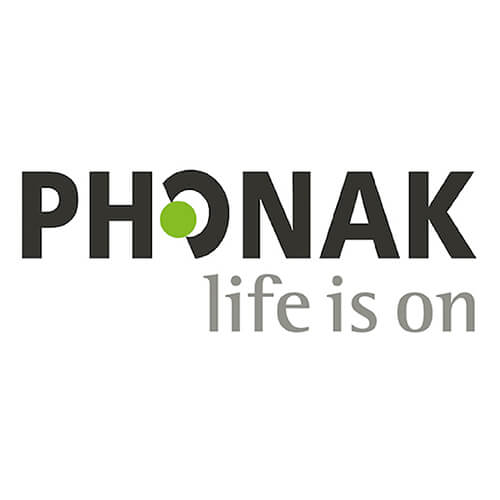
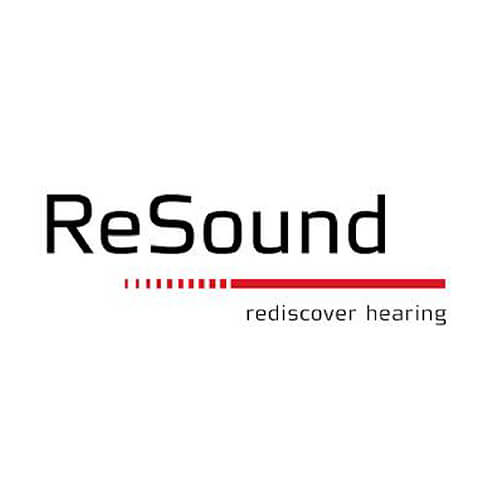
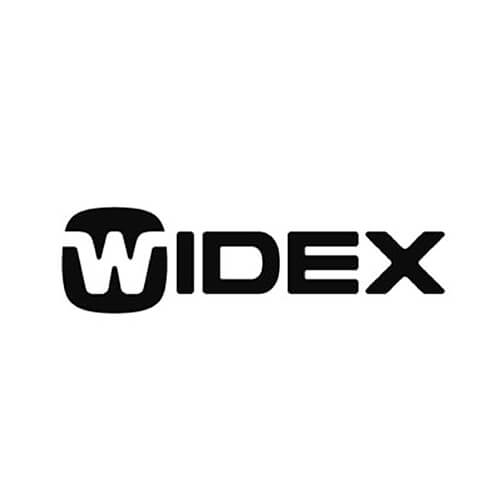
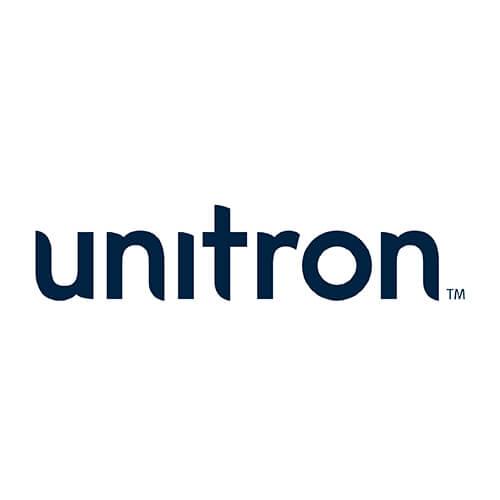
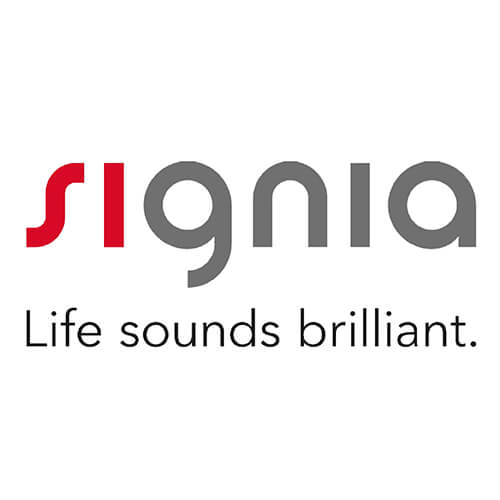
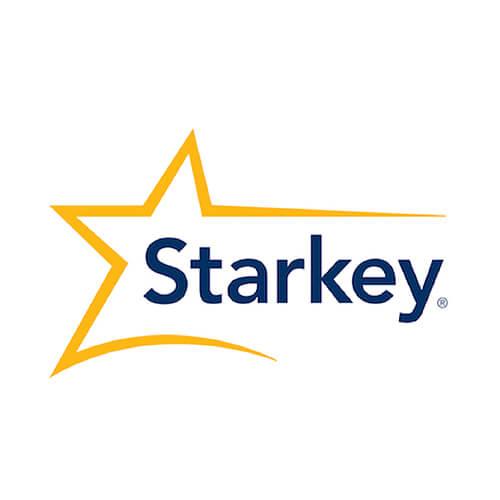
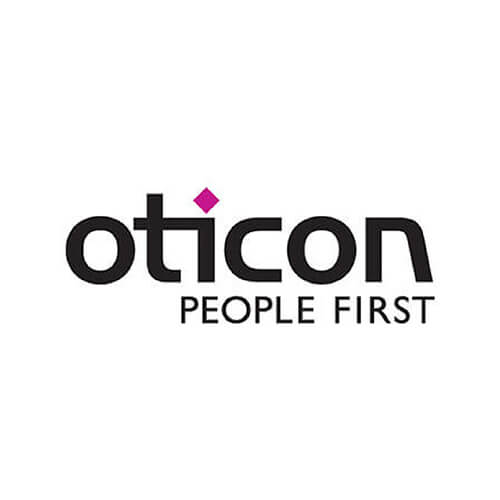
Styles
Hearing aids come in a variety of style options, which will affect what the hearing aid looks like and what it feels like in your ear. The style can also have an influence on what the hearing aid sounds like because some hearing aid styles provide more amplification power than others. Also, some styles are more “open” feeling, meaning that they do not make the ear feel plugged up physically or acoustically.
In the ear styles:
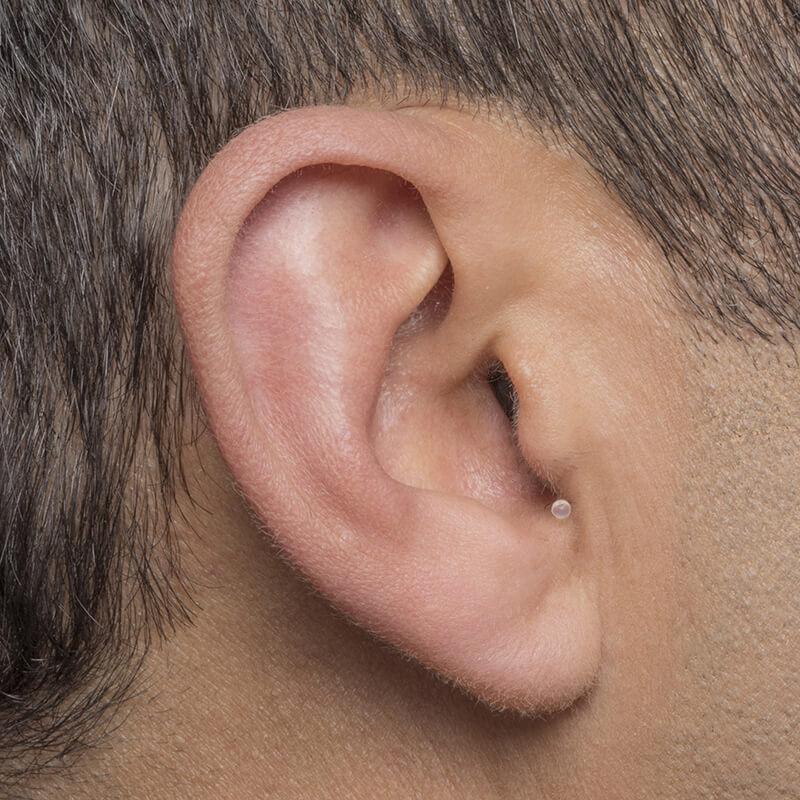
IIC
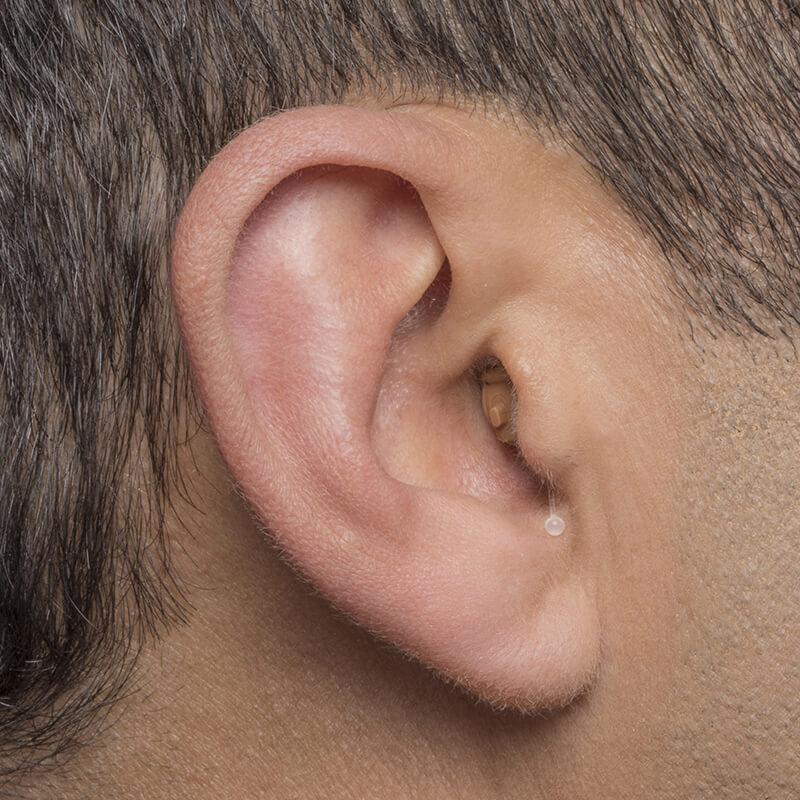
CIC
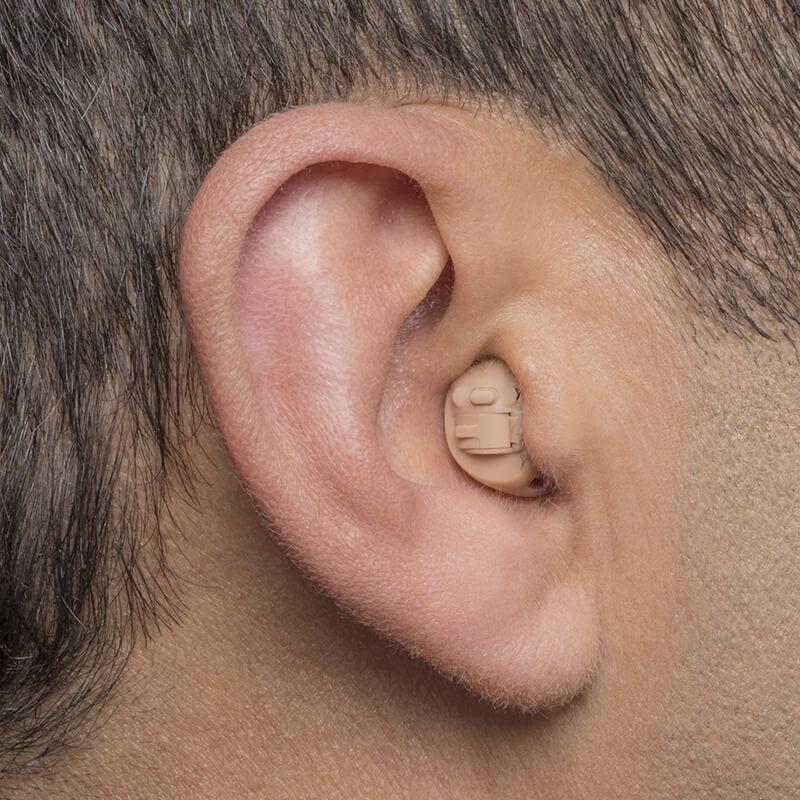
Mini Canal
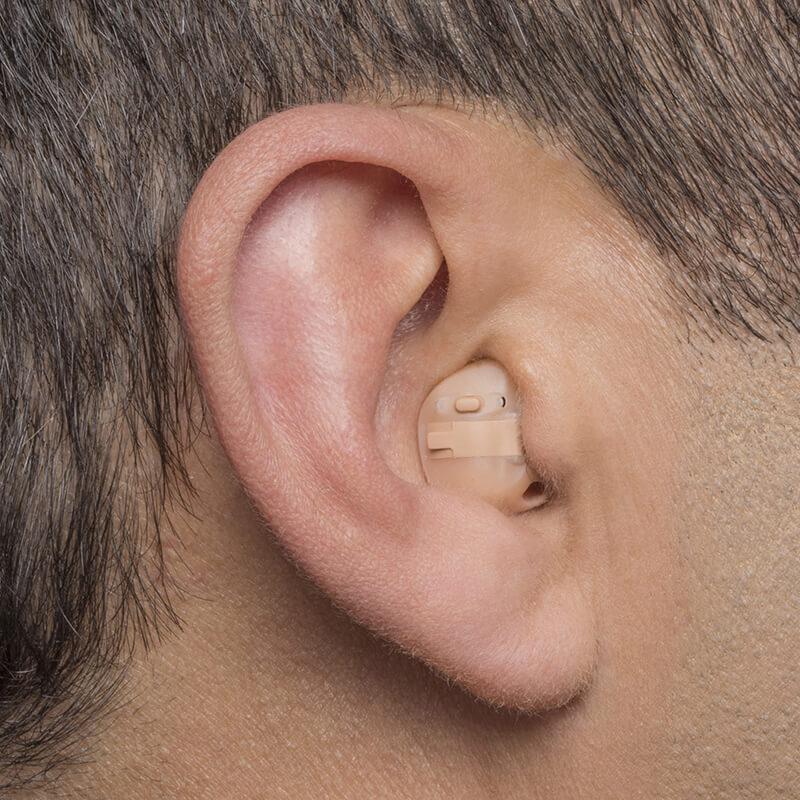
Half Shell
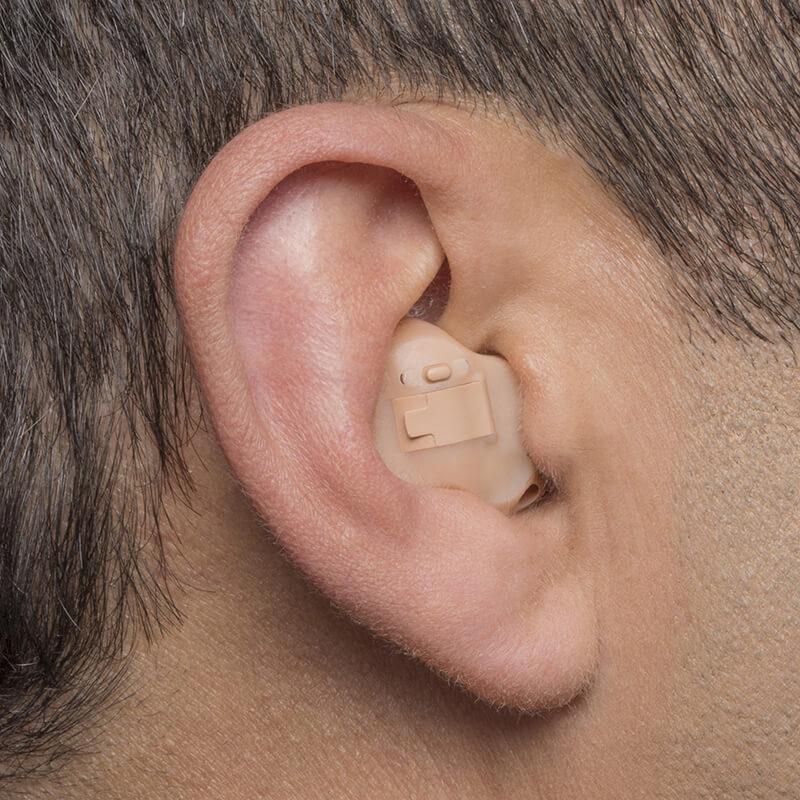
Full Shell
Behind the ear styles:
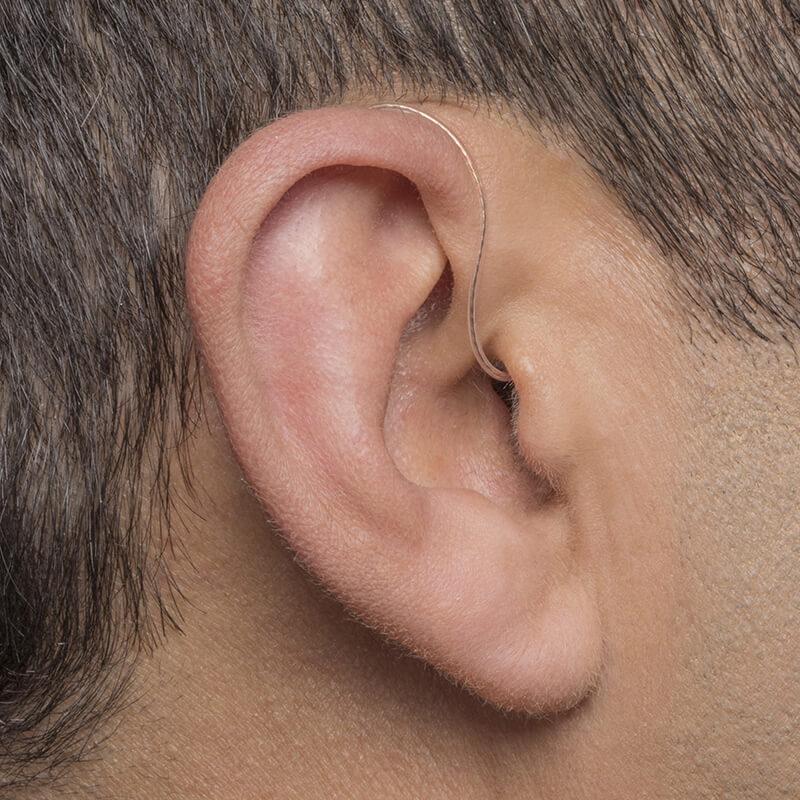
RIC
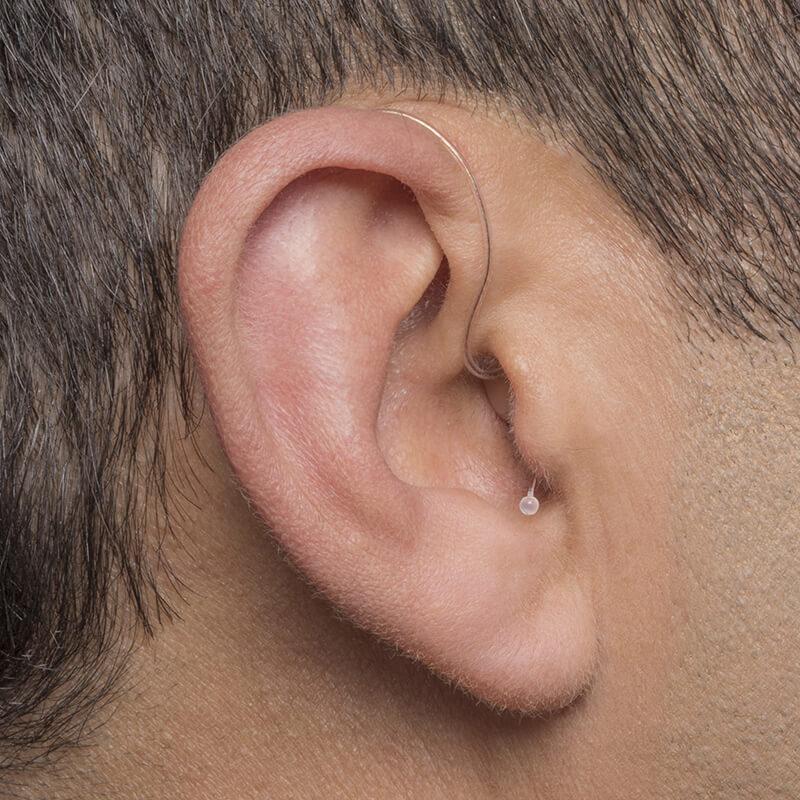
Rechargeable
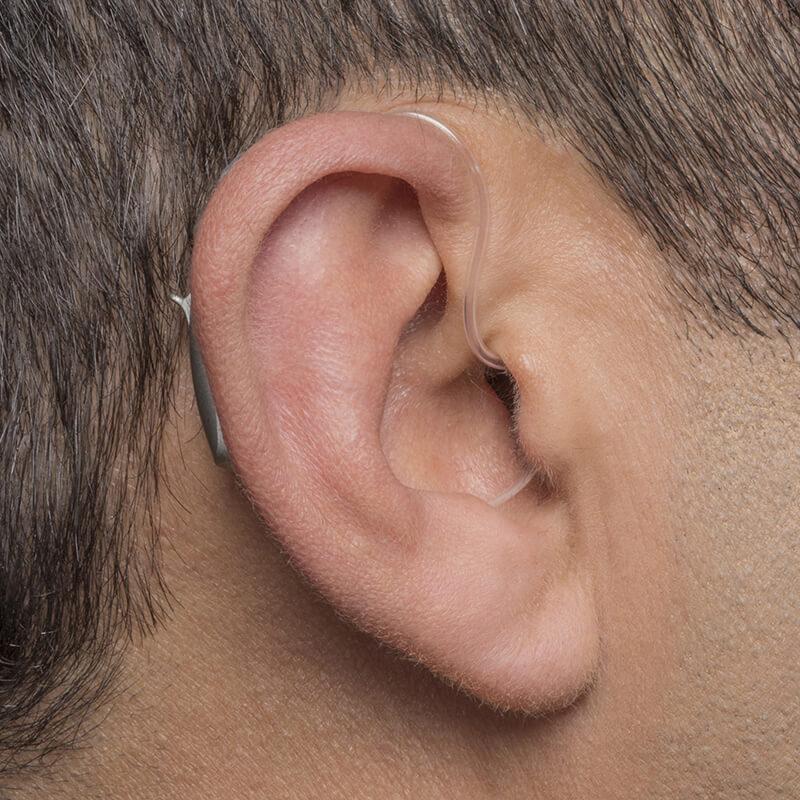
BTE
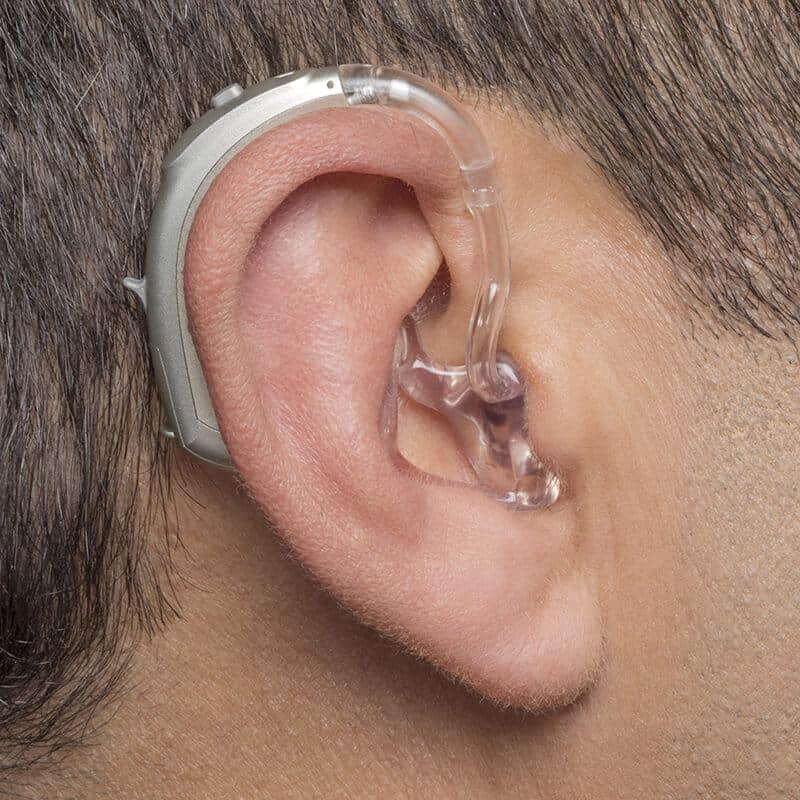
Power
Other factors that can also influence the best hearing aid style for an individual include: dexterity, wax production, occupation,perspiration, and battery life. We also carry several water resistant styles as well as options for people with a “dead” ear.
Technology Level
A hearing aid’s technology level will affect its sound quality and noise reduction capability. Any hearing aid style can be fit with any technology level. When choosing the right technology level for an individual the most important factor we consider is their degree of hearing loss. A person with a more severe hearing loss will usually benefit from more sophisticated technology, because the hearing aid has to make up for what their ear is no longer capable of doing—such as separating speech from background noise.
Our service and warranty packages are among the best in the industry.
Bluetooth Hearing Aids
Bluetooth hearing aids allow the wearer to connect directly to their smart device of choice without a secondary Bluetooth device that is carried, worn around the neck, or clipped on the collar. With this technology you can hear music and phone calls directly in your hearing aids. You can also use your phone as a remote control for the hearing aids, adjusting the volume and noise reduction settings in different environments.
True Bluetooth hearing aids fall into two primary categories: Made for Apple and Made for Everyone.
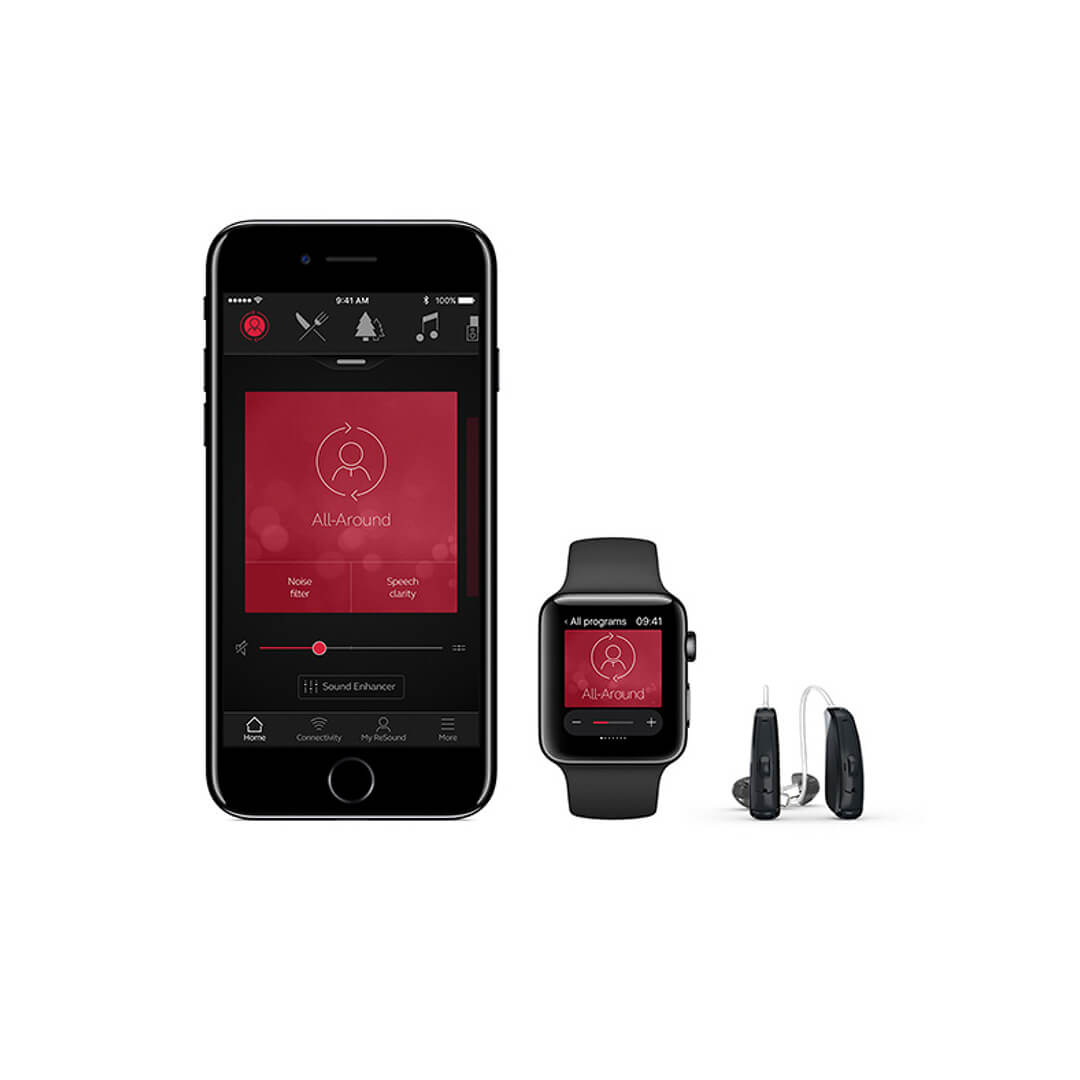
Made for Apple:
The majority of hearing aid manufacturers, including Resound, Widex, Starkey, Oticon, and Signia offer aids that will connect directly to i-Phones and other Apple products. Apple has partnered with these manufactures to allow the hearing aids to be seen by the Apple device as an "accessibility" feature. This is important because it allows the phone's Bluetooth signal to be split into both ears simultaneously for stereo sound streaming.
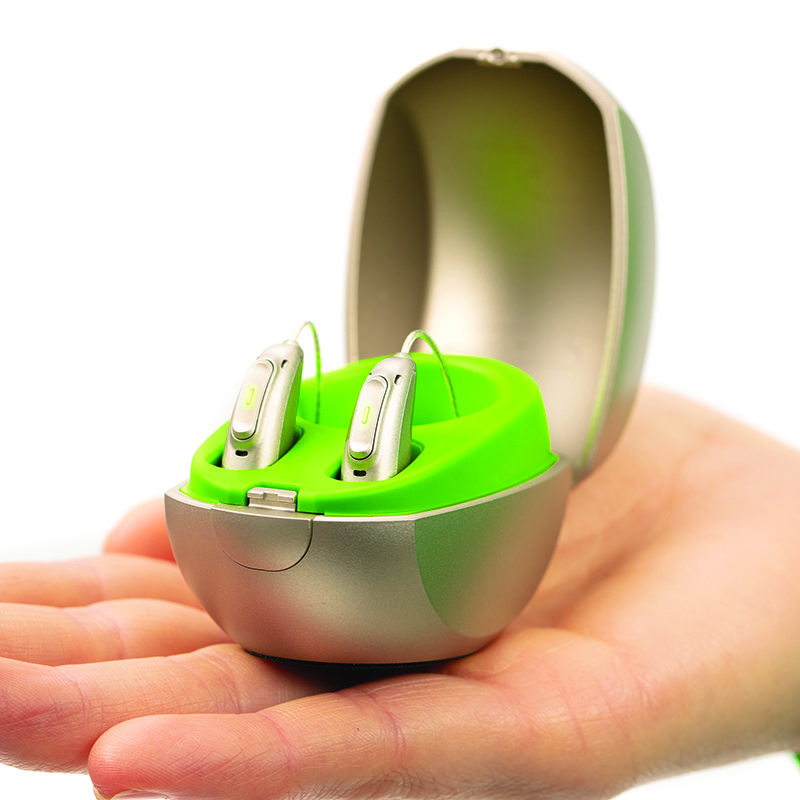
Made for Everyone:
Phonak is currently the only manufacturer to have a hearing aid that will connect to any Bluetooth device via Bluetooth Classic and stream the sound to both ears. This allows connection to any phone with Bluetooth: Smartphones, I-Phones, Android Phones, BT landline phones, etc. You can also connect to Smart TVs, tablets, and computers.
Rechargeable Hearing Aids
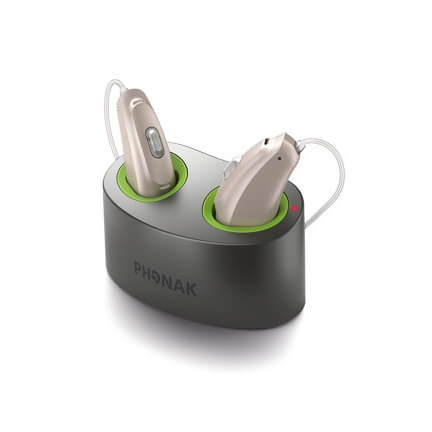
More and more hearing aids are now available with a rechargeable option. Not only is this a convenience, it is also better for the environment and your pocketbook! There are two primary types of rechargeable batteries being used in hearing aids today: Lithium-Ion and Silver-Zinc.
Lithium-ion batteries are fully sealed into the hearing aid and cannot be replaced by the user. They offer an excellent daily battery life, generally 24 hours on a full charge with no streaming and about 16 hours with heavy audio streaming.
Silver-zinc batteries, on the other hand, can be replaced by the hearing aid user if needed and are also interchangeable with a traditional zinc-air battery. Generally a set of silver-zinc batteries will need to be replaced once per year. Their primary disadvantage is to patients who listen to lots of streamed audio because with heavy use they sometimes don't last a full day.
Invisible Options
Phonak Lyric is the hearing industry's only extended wear hearing aid and is 100% invisible. This means that it is worn 24 hours a day, seven days a week, for months at a time. You can use Lyric during your daily activities, such as showering, talking on the phone, exercising, using headphones, and even at night while sleeping. Lyric has no batteries to change and requires no maintenance and no daily insertion or removal. We proudly offer Phonak Lyric to our patients. Please ask if you'd like more information.
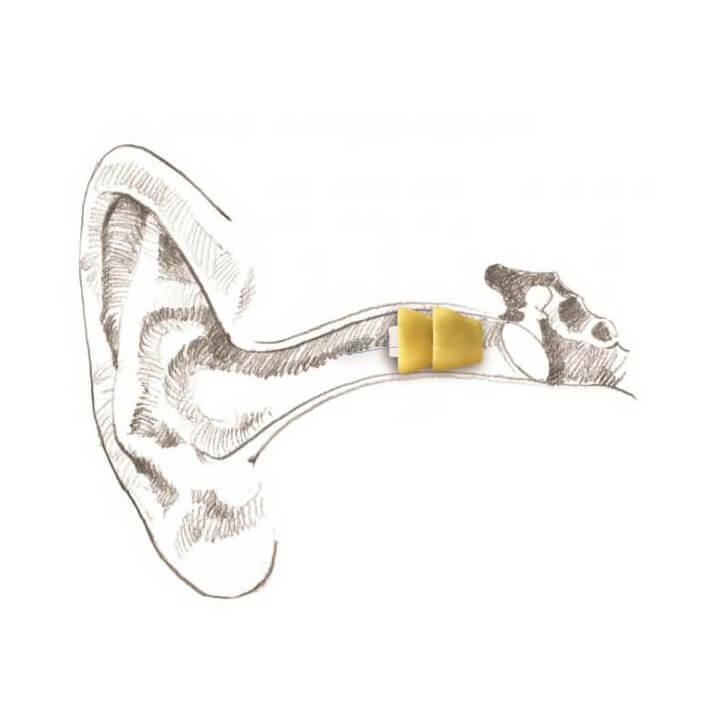
Assistive Listening Devices & Bluetooth Devices
Assistive Listening Devices (ALDs) provide amplification for specific situations, such as talking on the telephone or watching television. In some cases they work on their own, and in some cases they work with a hearing aid. For example, a person with hearing loss may prefer to have an amplified landline telephone that they can use with or without their hearing aid. While another person may use a hearing aid compatible Bluetooth device with their cell phone—so they can talk hands free and hear the call through their hearing aids.
Most new hearing aids are Bluetooth compatible; but be sure and tell your hearing professional if this is an option that is important to you.
Each hearing aid manufacturer makes their own Bluetooth accessories; they work only with hearing aids of that same brand. These devices can be purchased from your audiologist.
Examples of Assistive Listening Devices include TV amplifiers, alarm clocks, alarm watches and timers, FM/wireless listening systems, headphones, personal sound amplifiers, stethoscopes, and amplified phones. Any of these devices can be purchased through our office. Please let us know if you would like more information about a specific type of assistive device. We’re happy to help!
Cochlear Implant & Bone Anchored Hearing Aid Options
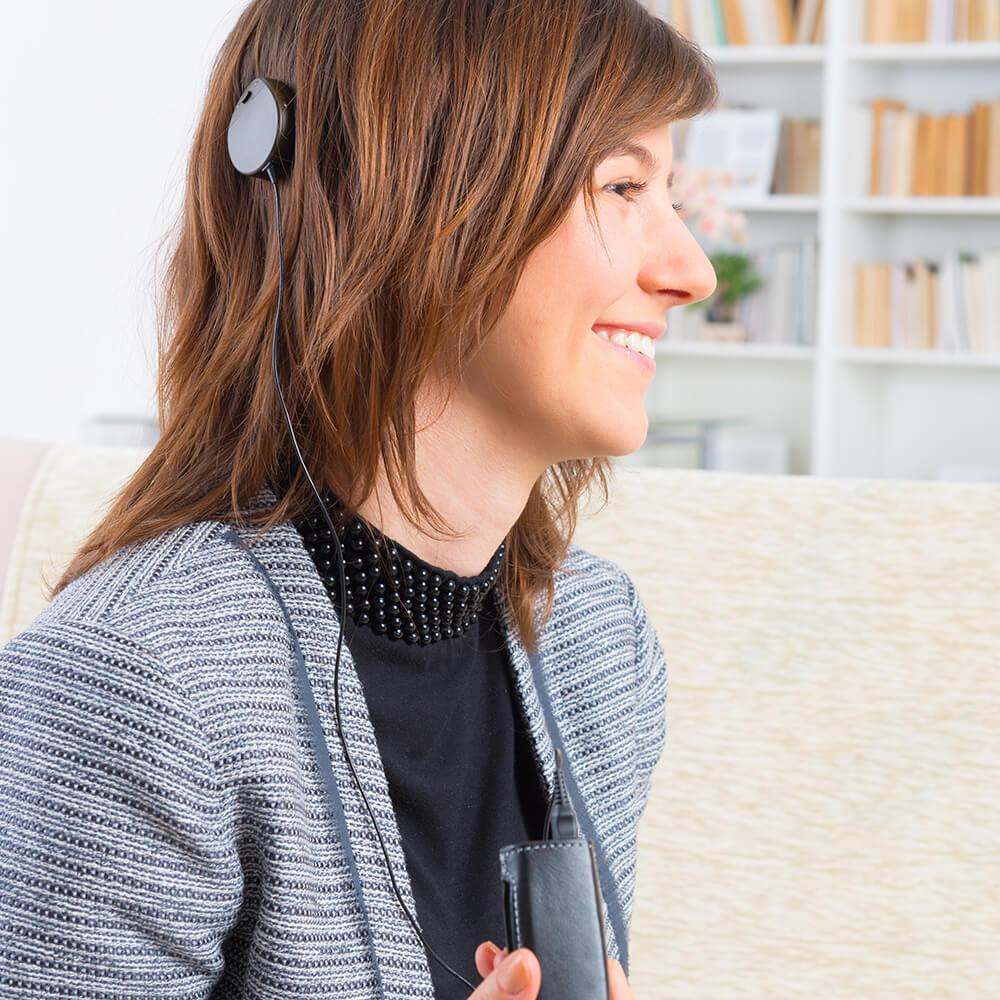
Cochlear Implants are a surgical option for people who’s hearing is so severe that they cannot get good benefits from hearing aids. Many adults have chosen to get a cochlear implant because their hearing has deteriorated throughout their lifetime and even with excellent hearing aid technology they are unable to understand people clearly. Cochlear implants have an internal component, which is surgically implanted, and an external component that looks like a behind-the-ear hearing aid. Not everyone is a candidate for cochlear implant technology. Following your hearing test, we’ll talk to you about this option if it is appropriate for your hearing loss and we’ll give you information on surgeons in the area that perform the procedure if you’re interested.
Bone Anchored Hearing Aids (Baha) are a surgical option for people with severe conductive hearing loss or single-sided deafness. Following you hearing test we’ll discuss this option with you if you are a candidate.
Contact Us
The New Leaf Hearing Clinic serves the communities of Arvada, Westminster, and Broomfield.
Call today to schedule an appointment! 303.639.5323
